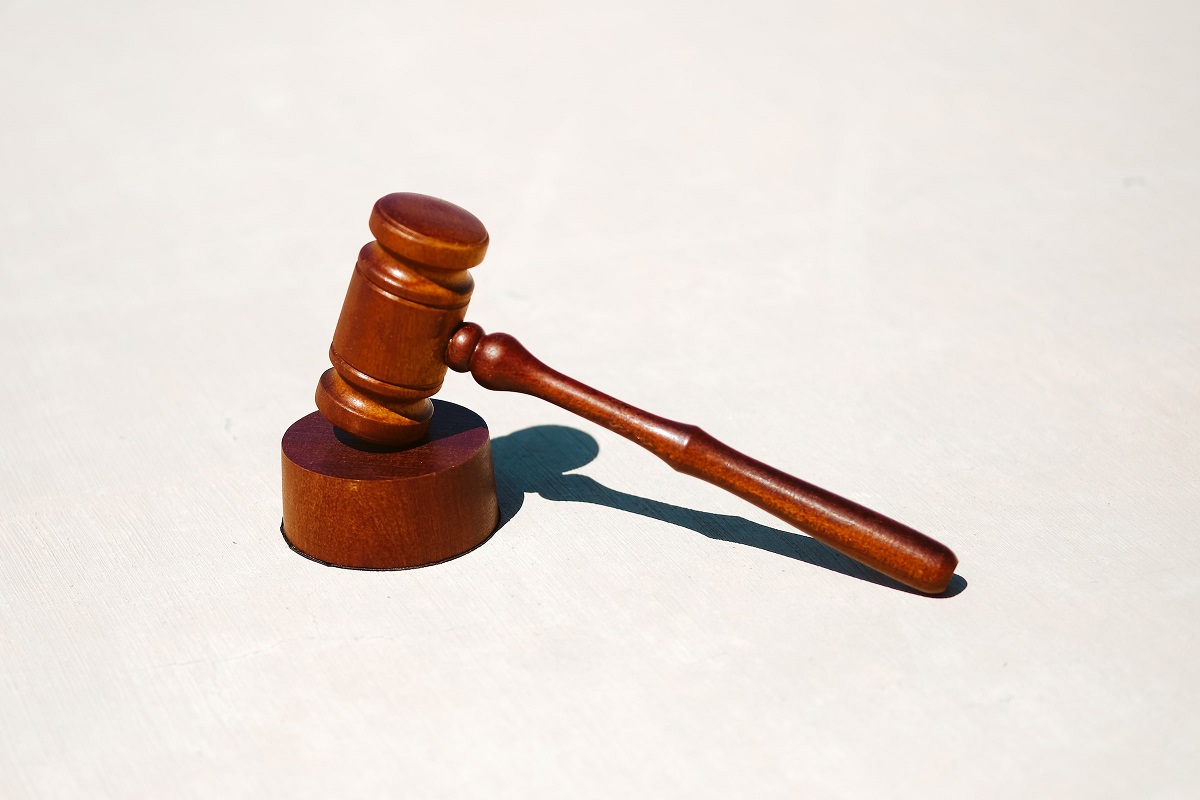By: José Niño
Back in May, Maryland Gov. Wes Moore (D) signed a new law that restricted the places where residents of the state could concealed carry their handguns. This law bans handguns in public parks and schools — and other “sensitive” public venues.
This legislation came in response to the Supreme Court’s New York State Rifle & Pistol Association, Inc. v. Bruen decision which effectively rendered Maryland’s draconian concealed-carry law that mandated a “good and substantial” reason for a resident to carry firearms unconstitutional.
However, that changed on September 29, when a federal judge suspended several parts of this new law.
The new law was set to go into effect on the weekend of the 29th. However, United States District Judge George L. Russell III ruled that some of the law’s provisions — prohibiting firearms in private buildings, public gatherings, and venues that sell alcohol — were unconstitutional. In turn, Russell issued a preliminary injunction that bars Maryland officials from enforcing those provisions of the newly signed law as the courts continue to examine the case.
Russell was initially nominated by former President Barack Obama. In his 40-page opinion, Russell determined that Maryland’s new law passed constitutional scrutiny for certain provisions such as limiting people’s ability to carry handguns on school grounds, healthcare and mass transportation facilities, government facilities, museums, stadiums, racetracks, amusement parks and casinos. On top of that, the ruling upheld carry restrictions for areas such as state parks, state forests and Chesapeake Forest lands.
However, Russell ruled that other restrictions on handgun carry listed in the Maryland law such as restrictions for private buildings, public gatherings and venues that sell alcohol, such as restaurants or bars, were not based on “historical tradition” and were unlikely to pass the Bruen decision’s “historical test” standard.
“Although the Supreme Court in Bruen refused to find that the entirety of Manhattan was a sensitive place simply because it was crowded and protected by police, the Court did not comprehensively define sensitive places,” Russell declared in the opinion. “The Supreme Court merely listed schools, government buildings, legislative assemblies, polling places, and courthouses as ‘settled’ examples, and invited courts to ‘use analogies to those historical regulations of ‘sensitive places’ to determine that modern regulations prohibiting the carry of firearms in new and analogous sensitive places are constitutionally permissible.”
Mark Pennak, the president of the pro-Second Amendment organization Maryland Shall Issue, praised the judge’s ruling. He believes that “the worst parts” of the new law were put on hold and contended the rest of the law only affects lawful gun owners who had to jump through the hoops of being fingerprinted and go through training to obtain their permits.
“Criminals don’t care and never cared, because they’re criminals. All they’re doing is restricting law-abiding gun owners,” he declared.
All things considered, Maryland still has a lot of work to do with respect to firearms policy. It’s ranked in a terrible 44th place in Guns & Ammo magazine’s “Best States for Gun Owners” rankings. This partial injunction gives Maryland gun owners some breathing room, however more litigation against the state’s gun control laws and even nullification at the local and county level will be needed to roll back gun control in the state.
Complacency is not a choice in this fight to restore civil liberties.
José Niño is a freelance writer based in Austin, Texas. Contact him via Facebook, Twitter, or email him at [email protected]. Get his e-book, The 10 Myths of Gun Control, here.

